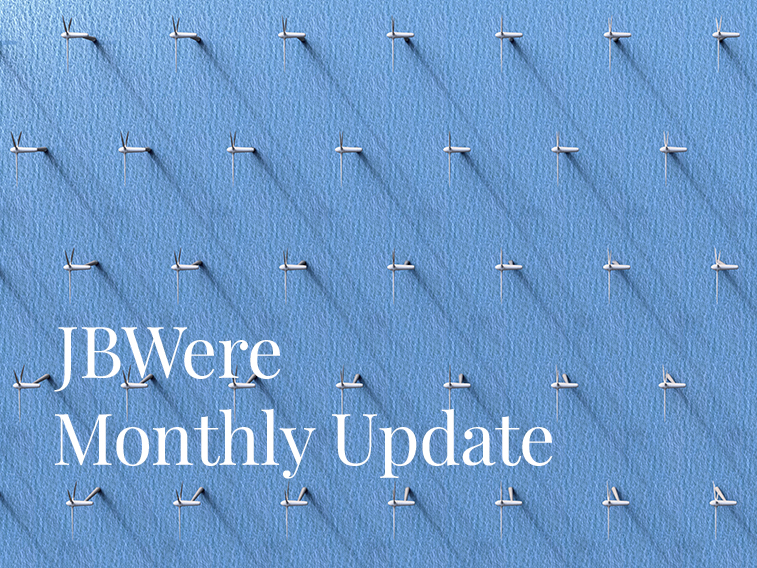Luxury property performance in the spotlight in our annual review as trophy homes continue to set new records


Article
This year, the AUD is down 7.1% vs. the USD, we look at what’s driving this under-performance.

The Australian dollar is down 7.1% vs. the USD so far this year, making it the worst performing G10 currency against the big dollar. Much of this under-performance has taken place in the last few months; indeed, AUD/USD has declined over 8% in just three months.
There are a number of forces at work on the AUD at the moment.
Slower Chinese growth and curbs on domestic steel production in China have pressured the Australian dollar – and the commodity complex – lower in recent months. Interestingly, the AUD has looked under-valued relative to its fundamental driver, commodity prices, for some time now. In our view, this sustained mispricing is best explained by the fact that unlike the period 2007-2012, the rise in commodity prices has not been accompanied by a large capex cycle in the resources sector. Unfortunately, this has not protected the AUD of late as the price of our key commodity export have declined in the past month or so. Since the beginning of July, the price of iron ore futures has fallen around 34%.
Another factor at work has been our relatively dovish central bank in Australia. In a number of other countries, central banks are poised to take back some of the very accommodative monetary policy stimulus in place. The Federal Reserve is expected to commence its taper of bond purchases in the fourth quarter of this year, both the central banks of Norway and New Zealand are expected to lift interest rates in coming months and the Canadian central bank has already commenced an unwind of quantitative easing. In Australia, the Reserve Bank retains a narrative that interest rates will not rise until 2024; a forecast that has received additional support from a much weaker near-term growth outlook for the domestic economy. The upshot is that interest rates in other countries are rising relative to interest rates in Australia, which acts as another headwind for the currency.
Vulnerability to the Delta variant has also worked against the AUD. The combination of a strong economy and low vaccination rates meant that Australia had more to lose than most of its developed market peers from the spread of the Delta variant. Low vaccination rates across the country mean that movement restrictions (lockdowns) are the only option for authorities as they try to keep a cap on infections. Already, the lockdowns in force in NSW and Victoria at present mean that the third quarter GDP number will be negative. Some forecasts suggest the economy could contract by around 2% in the quarter. In contrast, the spread of the Delta variant in other countries has not generated strong responses from governments. Consequently, the growth outlook in these countries is not impacted as severely as it is in Australia. This divergence in near-term growth prospects between Australia and its economic peers has also worked against the AUD in recent months, in our view.
However, it is not all bad. Among a sea of headwinds of the AUD at present, there is one piece of good news. Australia’s external balance has improved significantly, with the current account in surplus for the last couple of years. All else equal, this is a longer-term support for the currency as we are now a net exporter of capital. It will be important to see how long this relatively unusual state of affairs can persist.
Our view is that AUD/USD should trade a USD0.71-75 range into year end. Ultimately, we believe that Chinese authorities will use both fiscal and monetary policies to support economic growth. And eventually, Australian growth prospects will improve as vaccination rates increase and lockdowns come to an end. So both of these factors should turn more supportive for the currency as we move into year end.
For investors with exposure to offshore assets, the question is whether or not this is the right time to hedge some of this exposure. In our view, we think it is probably sensible to take out some form of hedging at current levels (around USD0.71) and look to add further hedges should the currency fall below USD0.70.
In the last 15 years, the AUD/USD has only spent 11% of its time trading below the USD 0.70c level. In our view, this simple statistic suggests that recent price action has offered up a good opportunity to consider partial hedging of offshore investments.
The information contained in this article is intended to be of a general nature only. It has been prepared without taking into account any person’s objectives, financial situation or needs. NAB does not guarantee the accuracy or reliability of any information in this article which is stated or provided by a third party. Before acting on this information, NAB recommends that you consider whether it is appropriate for your circumstances. NAB recommends that you seek independent legal, property, financial and taxation advice before acting on any information in this article. You may be exposed to investment risk, including loss of income and principal invested.
You should consider the relevant Product Disclosure Statement (PDS), Information Memorandum (IM) or other disclosure document and Financial Services Guide (available on request) before deciding whether to acquire, or to continue to hold, any of our products.
All information in this article is intended to be accessed by the following persons ‘Wholesale Clients’ as defined by the Corporations Act. This article should not be construed as a recommendation to acquire or dispose of any investments.
© National Australia Bank Limited. ABN 12 004 044 937 AFSL and Australian Credit Licence 230686.